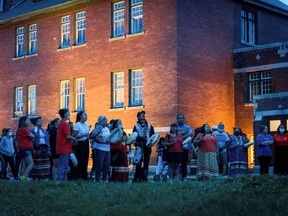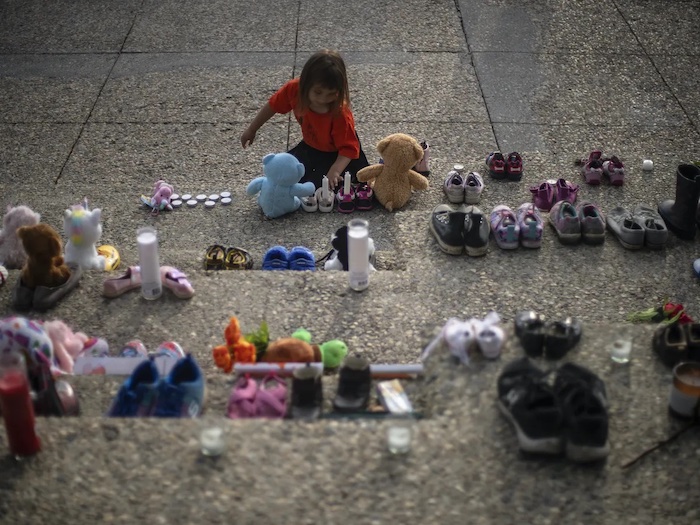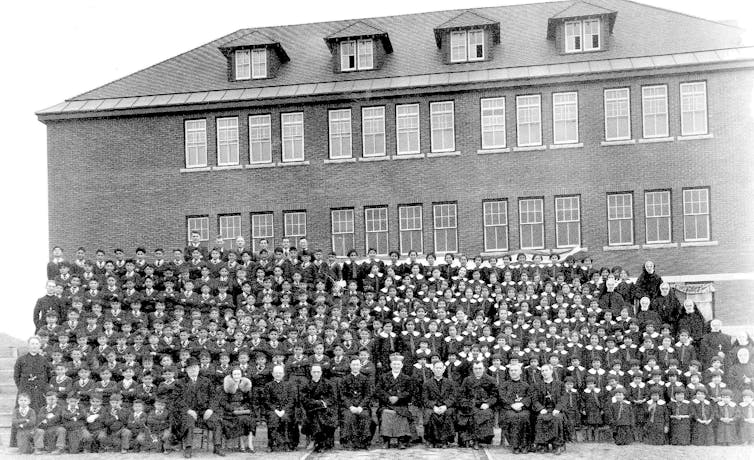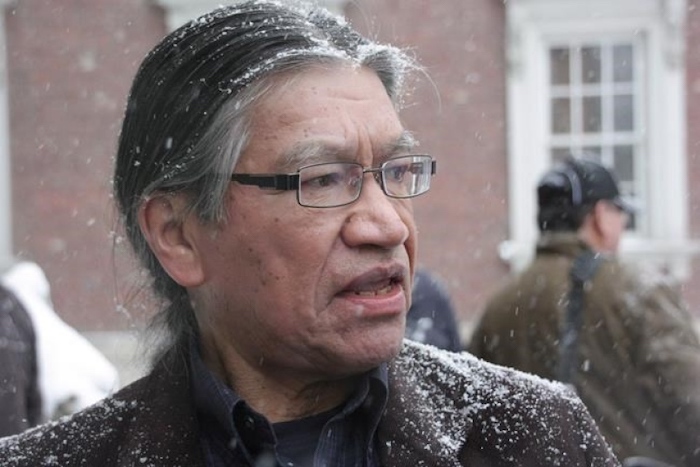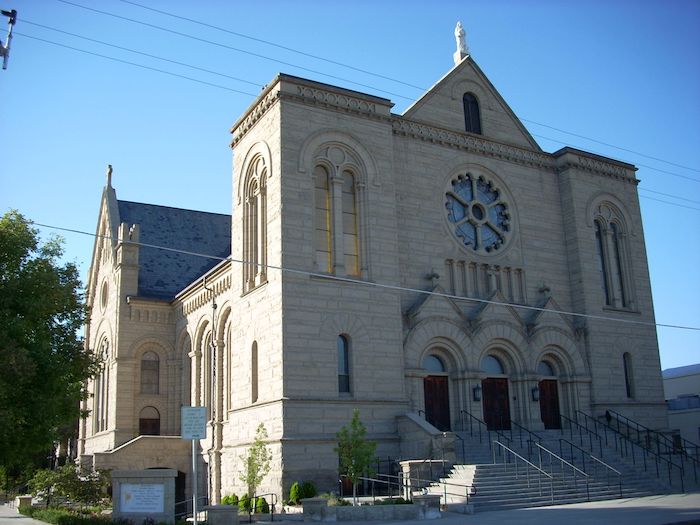The Missionary Oblates of Mary Immaculate ran about 47 per cent of Canada’s residential schools, including the one in Kamloops. They have refused to release their records to help identify the remains

By Sarah Smellie
Pope Francis met with two Canadian Cardinals on Saturday amid mounting pressure on the Catholic Church to take responsibility for Canada’s residential school system, though it’s not known what was discussed.
No information was immediately available about why the Pope met with Cardinal Marc Ouellet, prefect of the Congregation for Bishops, and Cardinal Michael Czerny, a top official in the Vatican’s migrants and refugees portfolio.
The meetings were disclosed in the Vatican’s daily roster of papal audiences.
Past appointment listings show Pope Francis meets with Oulette every Saturday, but meetings with Czerny are rare. The two last met on May 10, but Czerny’s name does not appear in previous agendas.
The Vatican did not respond to request for comment on the meeting, and attempts to reach the cardinals were unsuccessful.
The appointments came a day after nine United Nations human rights experts implored the Catholic Church, as well as Canadian authorities, “to conduct prompt and thorough investigations” into an unmarked burial site believed to contain the remains of 215 Indigenous children found at the site of the former Kamloops Indian Residential School in British Columbia.
The Tk’emlups te Secwepemc First Nation announced last week that ground-penetrating radar confirmed the findings.
“Large scale human rights violations have been committed against children belonging to Indigenous communities, it is inconceivable that Canada and the Holy See would leave such heinous crimes unaccounted for and without full redress,” said a Friday release from the Office of the United Nations High Commissioner for Human Rights.
The Kamloops school operated between 1890 and 1969, when the federal government took over operations from the Catholic Church and ran it as a day school until it closed in 1978.
Some 150,000 First Nations, Metis and Inuit children were forcibly sent to residential schools, where many suffered abuse and even death.
The Missionary Oblates of Mary Immaculate ran about 47 per cent of Canada’s residential schools, including the one in Kamloops. The Oblates have refused to release their records to help identify the remains.
Prime Minister Justin Trudeau also put pressure on the Catholic Church Friday, calling on officials to “step up” and take responsibility for its role in the system and urging the release of records related to the schools.
It is inconceivable that Canada and the Holy See would leave such heinous crimes unaccounted for and without full redress
Office of the United Nations High Commissioner for Human Rights
Trudeau said he was “deeply disappointed” by the position the Catholic Church has taken, adding that he personally asked Pope Francis in 2017 to consider apologizing for the institution’s part in the government-sponsored, church-run schools.
“It’s something we are all still waiting for the Catholic Church to do,” Trudeau said.
Ouellet is originally from La Motte, Que., and was said to be a frontrunner to succeed Pope Benedict XVI as head of the Church in 2013. He plays a key role in the selection of bishops and archbishops around the world.
Czerny is a Czech-born Canadian whose family settled in Montreal. He is the Vatican’s under-secretary of the Migrants and Refugees Section of the Dicastery for Promoting Integral Human Development.
Friday’s release from the nine independent experts from the UN’s human rights office said they expect the church to provide judicial authorities with “full access …. to the archives of the residential schools run by the institution,” as well as thoroughly investigate allegations concerning the schools and publicly disclose the results of their efforts.
The release also took aim at Ottawa, saying Canada’s Indigenous people have been waiting “for too many years” for the federal government to implement the recommendations in the Report of the Truth and Reconciliation Commission, released in 2015.
Ottawa must investigate the sites of all other residential schools in Canada, the release said.
“The judiciary should conduct criminal investigations into all suspicious death and allegations of torture and sexual violence against children hosted in residential schools, and prosecute and sanction the perpetrators and concealers who may still be alive,” the experts said in the release.
The signatories to the release included Mama Fatima Singhateh, an expert on the sexual exploitation of children, and Francisco Cali Tzay, an expert on the rights of Indigenous people.
Complete Article ↪HERE↩!

